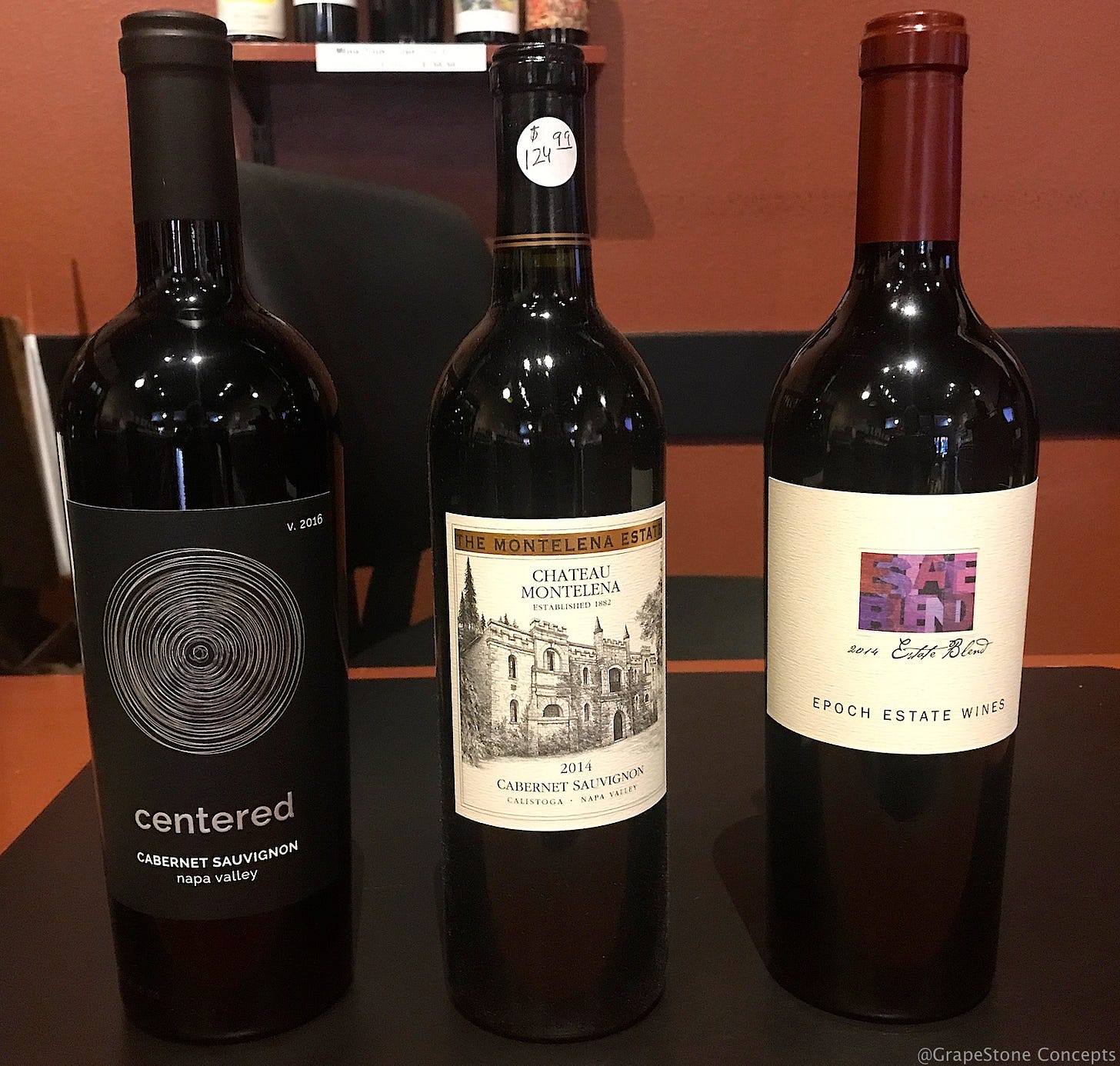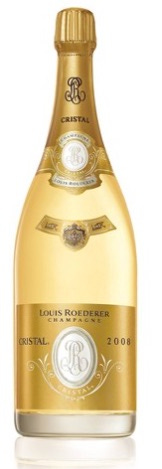Unmasking the Confusion: The Size and Shape of Wine Bottles
Still and Champagne Wine Bottles Examined
Why Are There So Many Wine Bottle Shapes, Sizes, and Colors?
I am frequently asked to clarify why there are so many shapes, sizes, and colors of wine bottles. Do they use a particular shape for wine aging purposes (settling of sediment)? Is it a particular shape due to the tradition of the wine region? Does the glass color prevent UV light degradation? The truth lies in all the above. For instance, the Bordeaux bottle has distinct, stocky broad shoulders and straight sides. Some say it allows for better sediment settling. Others say it was designed to simply set it apart from its Burgundian cousins.
Bottle colors range from the Champagne bottle’s dark, opaque forest hue to light, more yellow shades. White Zinfandel and rosé wines with their pale to bright pink colors are a testimony to the value of a bottle without color. Ports and Sherries are often packaged in brown. Sapphire blue, the rarest color, is a marketing tool to evoke a crisp, fresh wine image. Wines that age longer, like reds, should almost always go in dark bottles to prevent sunlight (UV rays) from doing damage to wine over time. Yet, why is Cristal Champagne in a clear bottle? See Champagne Bottle below.
Jane Anson, author of Bordeaux Legends and a contributing editor at Decanter, says credit for the shape is usually attributed to Pierre Mitchell, who built Château du Tertre in Margaux in 1736. He founded the first glass blowing workshop for the area in 1723 and is believed to have invented the jeroboam/Champagne shape as well.
Let’s unmask and demystify the confusion about the types and reasons for wine bottle sizes, shapes, and colors for both still wine and sparkling wine bottles.
Traditional Still (Non-Sparkling) Wine Bottles
The Bordeaux Bottle (750 ml.)
This is the most common bottle found in the wine business around the world. The Bordeaux bottle has a cylindrical shape with straight sides and high shoulders. The most popular wines found in the bottle are Cabernet Sauvignon and Merlot (two of the grapes of a Bordeaux red blend). This bottle was designed for aging and export and the size and weight protects the wine from bumpy overseas journeys. You will find many other wines in this bottle including Malbec, Cabernet Franc, and other red blend wines. Prestige and pricey wines are sometime bottled in taller, heavier versions of the standard bottle, leading to controversy. See below: Why are Wine Bottles Heavy.
The Alsace Bottle (750 ml.)
This tall, thin bottle known also as the Germanic/Alsatian/Mosel bottle has gently sloping shoulders. The main grape contained in this bottle is Riesling; however, you may find Gewürztraminer or Gruner Veltliner in these bottles as well. The bottles are more delicate than their Burgundy and Bordeaux counterparts. It is thought that since these bottles main transportation route was the Rhine River, smaller ships and more shallow water meant fitting as many as possible inside the hull. Given that the transportation was not on the high seas of the ocean, a lighter, more delicate bottle was possible.
The Burgundy Bottle (Also Pinot Noir and Chardonnay in the New World) (750 ml.)
The first Burgundy bottle was invented in the 19th century for the Red and White Burgundy wines (good Pinot Noir and Chardonnay.) It was designed with curved sides to make it easier for the glassmakers to create. Labels were of little use at the time due to the high illiteracy rate, so bottle identification was key. Now, most red wines with a flavor profile similar to Pinot Noir – light, bright, and complex – like Nebbiolo, Syrah, Grenache, Chenin Blanc, Gamay, and Etna Rossa can also be found in this style bottle.
The Port Bottle
Ice Wine/Dessert Wine/Sauternes Bottle
There is often a punt or indentation at the bottom (or punt) of these small, half or split bottles (375 ml.). The punt does not add to the quality. Since dessert wine is often poured in 1 oz. servings, a half bottle is appropriate for a group.
Miscellaneous Other Bottles
Chianti Bottle
This is also called a “fiasco” and is distinguished by the raffia basket woven around the base. This has fallen out of general use.
Madeira Bottle
This is a broad, hefty bottle that is well-suited for stacking bottles horizontally. In the 19th century, Madeira was shipped in casks and bottled locally, and occasionally bottled on the U.S. East Coast in the same bottle as rye whiskey.
Provence Bottle
Even since Provence rosé wine took off the last 10 years, the proliferation of odd-shaped wine bottles has been amazing. Starting with the Miraval Rosé, look for all square, fully round, and odd shapes.
Sparkling Wine Bottle: Sizes and Color- The Champagne Bottle
The bottles for Champagne and other sparkling wines like Cava or Prosecco might resemble a Burgundy bottle, but they are heavier and built to withstand up to 7 atmospheres of pressure from the carbon dioxide trapped in the wine. The English are credited with developing these bottles in the late 17th century in lock step with scientist Christopher Merret’s 1662 discovery of adding sugar to wine to create the bubble-forming secondary fermentation, and thus the bubbles. Most Champagne bottles have a punt or indentation in the bottom. Technically, the punt is unnecessary, but winemakers are still attached to it out of traditions. Some prestige cuvée Champagnes have fanciful shapes or colors. Cristal, however, is clear for a reason.
“Cristal came into being at the request of Tsar Alexander II of Russia in 1876. The Tsar had long been a lover of fine champagne, particularly Louis Roederer.…He requested a punt to replace the flat bottom to prevent bombs being hidden in it and clear rather than dark glass would allow him to see if poison had been added to the champagne. To give him his due, his paranoia was not without foundation since half the previous 12 Tsars had been assassinated, a fate which was also to befall Alexander II himself despite his caution. “ – Louis Roederer, “The Truth behind Cristal; the story of a misinterpreted champagne.”
There are twelve sizes of wine bottles ranging from 187 ml to 18 liters. Many bottles derive their names from Biblical figures. The origin of this convention is uncertain. (Not pictured: the 10-liter bottle for still wine and the 18-liter Solomon for Champagne/Sparkling wine.) Very large and very small sparkling wine bottles are normally hand-disgorged, not machine disgorged (removing yeast and adding dosage, then corking and caging.)Why Does It Seems That Wine Bottles Have Gotten So Heavy?
A controversy exists on the prestige and pricey wine bottles that are extra heavy. Do these bottles increase their perceived high value? Some wine experts consider them to be pompous and contribute an increased carbon footprint due to the extra transportation weight. Let’s see what my favorite wine expert, Jancis Robinson, MW, says about this issue.
“Anyone who takes a long-focus view of the earth can see that we are using up our resources far too fast. I’m delighted that awareness of the ecological effects of the use of heavyweight bottles, both in terms of production and transport, is not much more widespread….We need to think about so many other aspects of making, selling, and drinking wine if we are to build a solid, sustainable further for the planet. (Yes, I do sound bossy and prissy, but alas it’s true.)” – Jancis Robinson, MW, 30 Jan 2012, “Taking the long view.”
Wine Wanderings Editorial Calendar
What’s New at Wine.com? An Interview with Brand Manager: Addie Wallace
Smashing Winter Cocktails: The Best of Gin and Bourbon
Live From “Slow Wine:” A Showcase of Italian Wineries, Austin, Texas, January 2022
America’s Exceptional Wine Country Adventures: States to Consider
Spain and the Gin & Tonic: Where is the Love?
Memorable Wineries of Italy: Tuscany
The Surprising Mixologists of Napa Valley Cocktails
Traveling to Napa Valley: Wineries, Sports Activities, Shopping, Where to Eat, Where to Stay
The Restaurants of Calistoga, Napa Valley
The Heritage of Hall Winery, Napa Valley: Tour and Tasting
Memorable Wineries of Italy: Piemonte and Milan
1881 Museum Napa Valley: A Transformation of the Oakville Grocery
What Constitutes a Great Bed & Breakfast? Recipes, Service, and Amenities
The True Cost of a Cocktail with the CEO of BuzzBallz, Marilee Kick
Tour Tuscany like a Pro
Left Bank vs. Right Bank Bordeaux: Taste the Difference
Wine Castles of Sonoma County











Once again, an interesting read and with fun facts, ie the czar and his poison fear. Thank you!